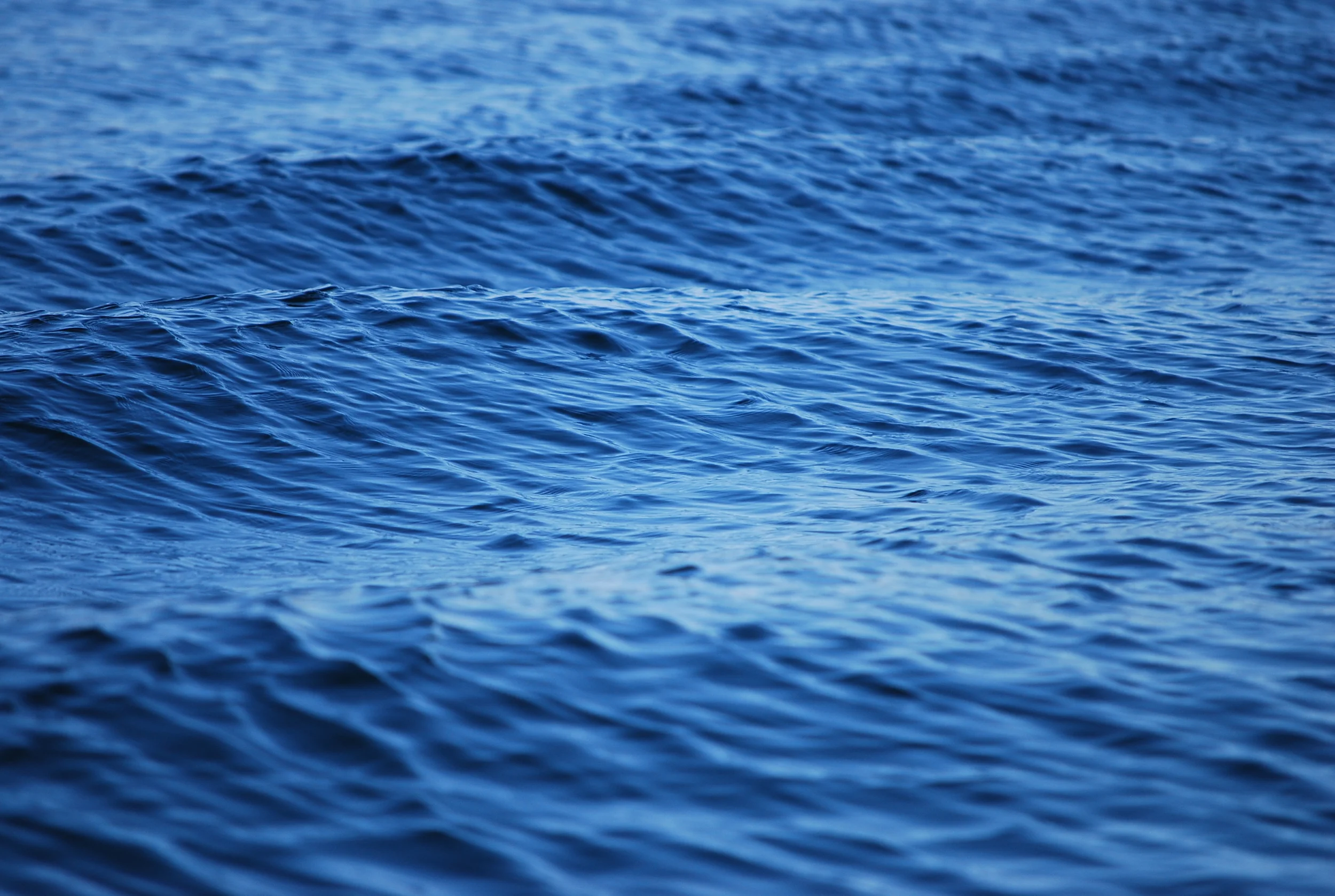Northern anchovy
Northern anchovy are key to ecosystem dynamics in the California Current Ecosystem. Anchovy are prey for >60 species of commercially or recreationally valuable predatory fish, birds, and mammals in this region (see the California Current Predator Diet Database).
Photo copyright by Ron LeValley.
Northern anchovy biomass estimates
Long-term biomass estimates for the central stock of northern anchovy (CSNA; Engraulis mordax) in the California Current Ecosystem are estimated from geospatial weighting of egg and larval data from winter/spring California Cooperative Oceanic Fisheries Investigations (CalCOFI) surveys (1951–2021). This is important, to avoid bias due to the nearshore concentration of CalCOFI sampling stations and the anchovy population tendency to contract into that area when abundances are low. While based on the core CalCOFI sampling area, estimates include the entire range of the CSNA, from northwestern Baja California, Mexico, to north of Point Reyes, California, and nearshore waters.
See MacCall et al. (2016) and Thayer et al. (2017) for complete details of methodology and justifications. Biomass estimates have been calculated through 2021 (Thayer et al. 2022), and as new survey data become available estimates are updated regularly (see Anchovy Biomass Estimates).
Northern anchovy population cycles
Famous for its boom/bust population cycles, anchovy in California recently underwent a population collapse (below 20,000 tons) after which estimates have exceeded 2 million tons, similar to dramatic fluctuations in the beginning of anchovy monitoring back in the 1950s (Sydeman et al. 2020).
No anchovy stock assessment had been conducted for decades, and so initially this extreme decline (2009-2014) went undetected until highlighted by work of FI scientists (MacCall et al. 2016, Davison et al. 2017, Thayer et al. 2017).
This remarkable decline in northern anchovy abundance appeared to occur in the absence of a significant fishery. However during the collapse, while annual fishery catches of a few thousand tons were small by historical comparison, the exploitation rate may have been relatively high given the low stock abundance. The decline in anchovy abundance also coincided with reports of die-offs and reproductive failures of top predators that rely on anchovy for food (brown pelicans, cormorants, sea lions, etc).
NOAA recently completed a new northern anchovy stock assessment (Kuriyama et al. 2022), the first one since 1995, and is working on a management strategy evaluation (MSE) to try and improve the anchovy stock assessment. An MSE tests and compares management strategies to account for multiple sources of uncertainty. Small pelagic fishes such as anchovy present challenges due to considerable variability in their ecology and life history (such as the boom/bust population dynamics), which leads to substantial uncertainty (Siple et al. 2021).
Indicators of northern anchovy
Predators can be excellent indicators of forage fish, providing information about their abundance, community composition, mortality (see below), length frequencies, etc. We recently integrated data from station-based research trawl surveys and seabird predators that prey upon anchovy to characterize anchovy length distributions in central California for the last several decades (since regular monitoring and stock assessments stopped 1995-2015). Our resulting integrated anchovy indicator reduces the bias individual indices, highlights the use of non-traditional data sources, and provides important information about young-of-the-year anchovy that survive to recruit into the breeding population. Relevant publications are Thayer et al. 2021, 2008, and Thayer and Sydeman 2007.
Mortality by predators
We are collaborating with several institutions to establish rates of anchovy natural mortality caused by predators in the California Current, which can be important to inform a fishery stock assessment. While the anchovy fishery is modest (currently capped at 25,000 metric tons per year), predator populations have increased in recent decades since implementation of federal protections (e.g., Endangered Species Act, Marine Mammal Protection Act). We used the food habits of 42 anchovy predators in the California Current to calculate mean anchovy consumption over a recent 15-year period. Currently, we are focusing on 8 of these predators with more complete timeseries of diet (sea lion, dolphin, large fish, shark, and four seabirds) to estimate variability in annual consumption of anchovy, whose populations can cycle widely (refer to Anchovy Population Cycles).


